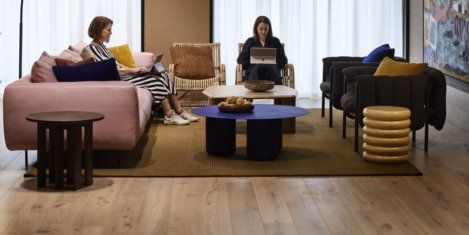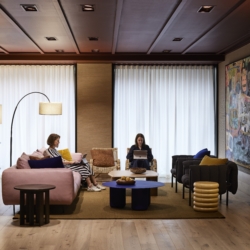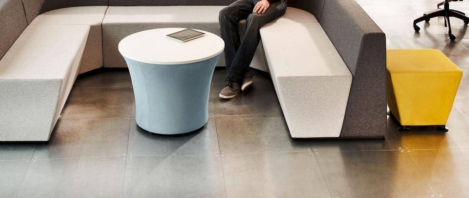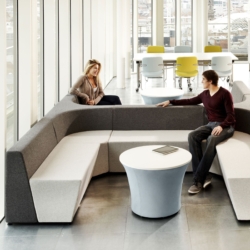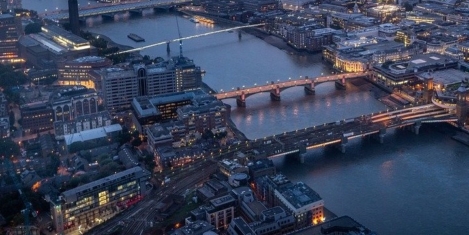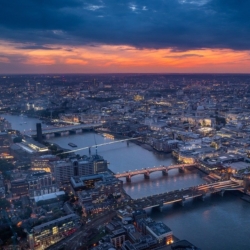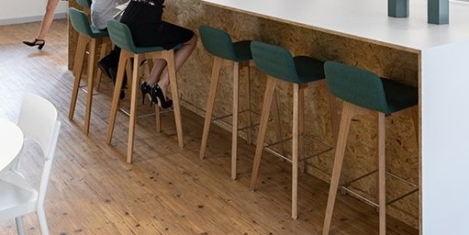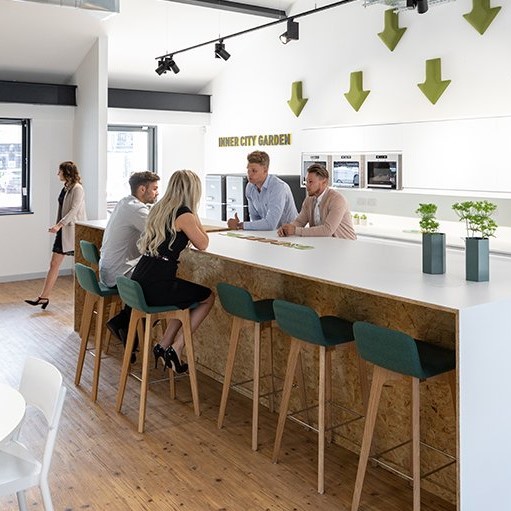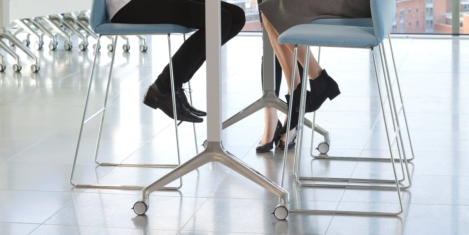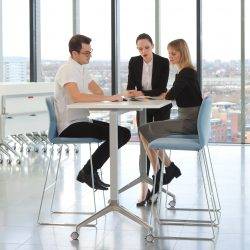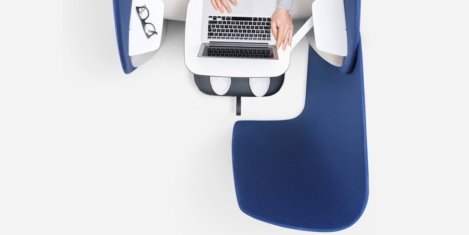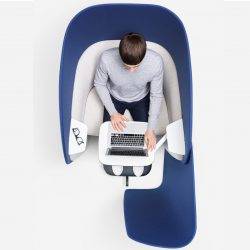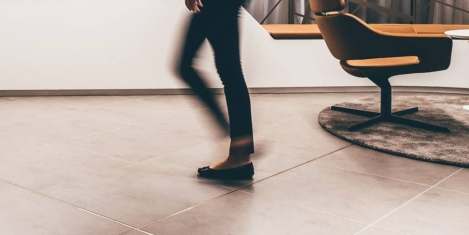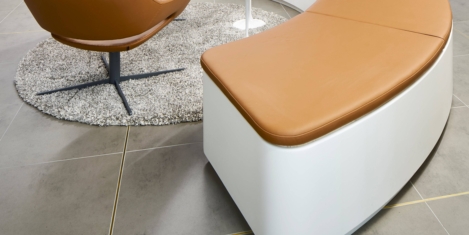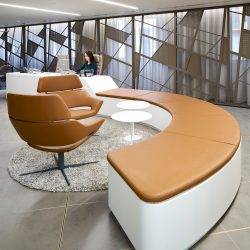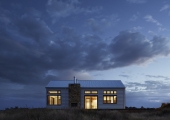July 24, 2024
How do you encourage people to spend more time in the office? Find out in our special report
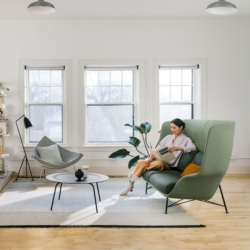 In a world in which people have more choice about how and where to work, how can organisations meet their diverse and ever-changing needs? And how can they attract them to the office without issuing controversial mandates? Some of the UK’s most high-profile workplace, design, property and facilities management experts met recently at the London showroom of MillerKnoll to discuss one of the most vexed questions of recent years. Namely, how do you create workplaces that meet the needs of people who have more choices than ever of how, when and where to work? And its corollary: if you want people to spend more time in the office with each other, how do you entice them to do so without making it an obligation? More →
In a world in which people have more choice about how and where to work, how can organisations meet their diverse and ever-changing needs? And how can they attract them to the office without issuing controversial mandates? Some of the UK’s most high-profile workplace, design, property and facilities management experts met recently at the London showroom of MillerKnoll to discuss one of the most vexed questions of recent years. Namely, how do you create workplaces that meet the needs of people who have more choices than ever of how, when and where to work? And its corollary: if you want people to spend more time in the office with each other, how do you entice them to do so without making it an obligation? More →




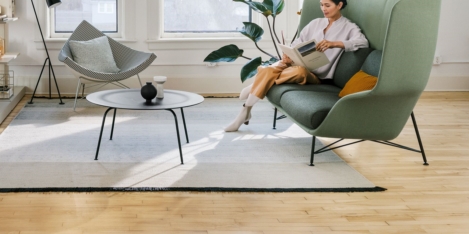
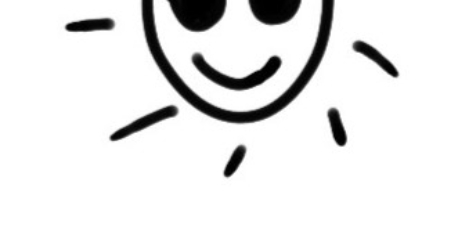

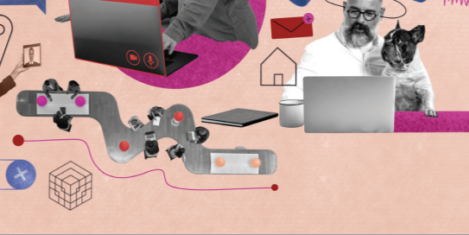
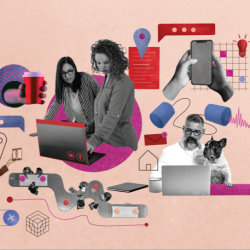
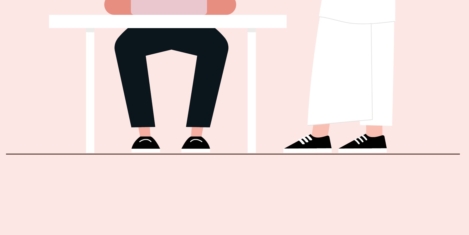
 Organisations are having to rethink the form and function of their offices in ways unprecedented in their relatively short history. And perhaps the biggest challenge is to create places to work that reflect the organisation’s culture and the needs of the people who work there (some of the time). One possible framework for aligning an office design model with the culture of the organisation is presented in a supplement published in the current issue of
Organisations are having to rethink the form and function of their offices in ways unprecedented in their relatively short history. And perhaps the biggest challenge is to create places to work that reflect the organisation’s culture and the needs of the people who work there (some of the time). One possible framework for aligning an office design model with the culture of the organisation is presented in a supplement published in the current issue of